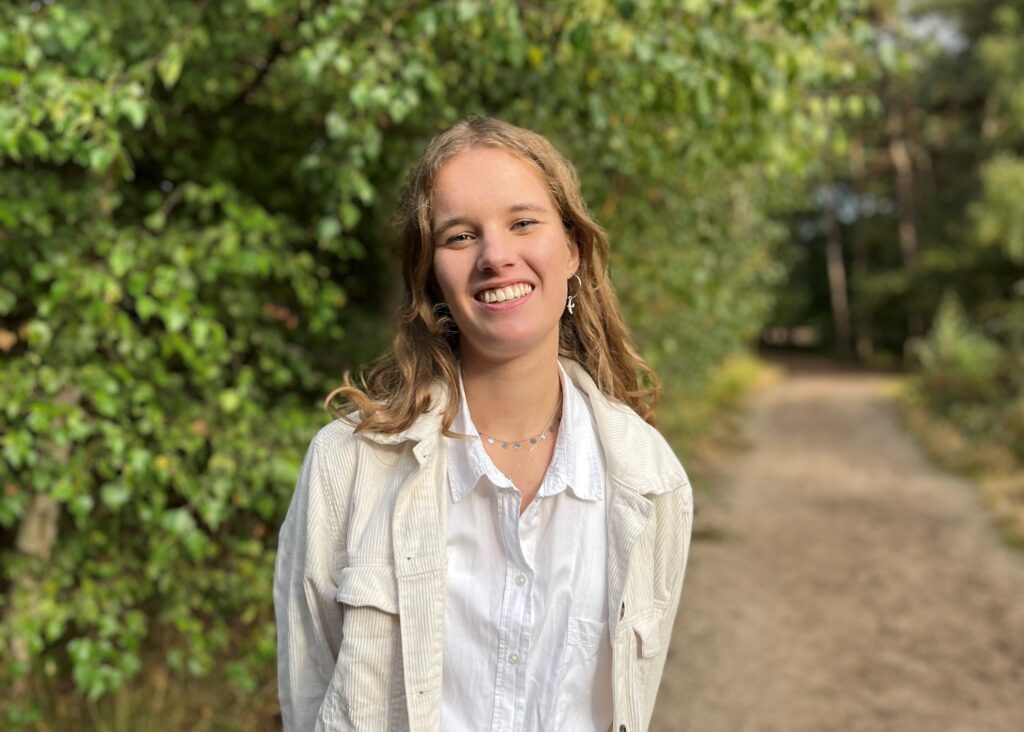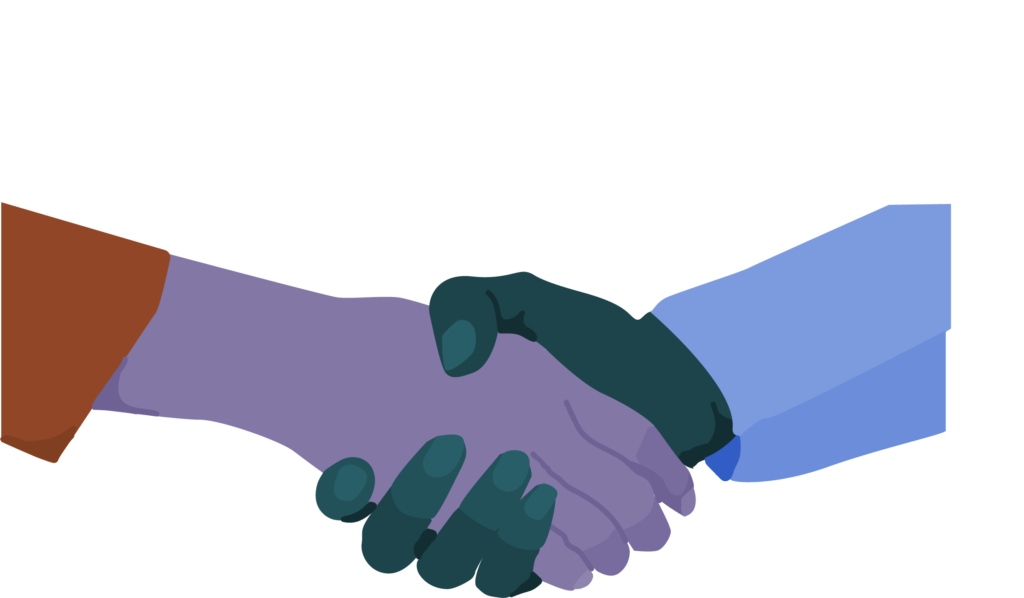
Professsional identity


Vision on design

Increasingly many complex societal issues, such as the climate crisis, housing crisis and the recent rise of right-wing politics, threaten to deepen global injustice (Adger et al., 2006; Nasrabadi et al., 2024; Meade, 2024). Designers should strive to counter these developments and help steer the world to a more equitable world that is beneficial for all people, though not in isolation. Experts such as social scientists, activists, people with lived experience, artists and journalists among others have been working on these societal issues decades before social design, a design practice explicitly focused on societal change, even began to surface (Chen et al., 2015). While I align with the goals of social design, I am critical of how it is often practiced.
Many social design interventions run the risk of becoming extractive: simple installations that gather public input without offering meaningful value or experience. I believe design interventions should be experientially and aesthetically rich, where the artefact itself carries meaning by shaping not just what is discussed, but how it is felt.
Another quality that designers have that is unique is to render visible and tangible what is at stake, since design forces us to be concrete. This is how I envision what Manzini describes as “design giving form to a changing world” (Manzini, 1994, p.43): materializing alternative realities through design to better understand and research how we might imagine our future. Socio-technical imaginaries, and who gets to formulate them, are crucial to shaping policy and beliefs (Jasanoff & Kim, 2015). Imaginaries have the power to drive transformation.
The power of good design lies in its aesthetic invitation for the (re-)imagination of our society in a more equal and just way.
Still, designers are never neutral. Designing for a better world is a constant imaginative negotiation of what a “better world” might be. Through systems thinking and stakeholder engagement, designers can play a crucial role in negotiating alternative narratives through sparking imagination in a playful way. I aim to do this by designing games and artefacts that invite people to reflect on their assumptions that underpin their thinking together to imagine alternative futures. With my design, I hope to create space for new ideas that challenge the norms we often take for granted, one conversation at a time.
future
Following up upon my DLE background, I see myself mostly in the design leadership position in my early career. After graduation, I will be looking for positions in multi-disciplinary teams in public or semi-public organisations that focus creating societal change. I aim to establish myself as a creative thinker who uses design-led approaches to make an impact. Environments I will be looking include creative consultancies that work on societal issues or local government traineeships, but I am also interested in developing myself further as a designer for critical play in contexts such as game studios or foundations that focus on societal transformation through tangible play.